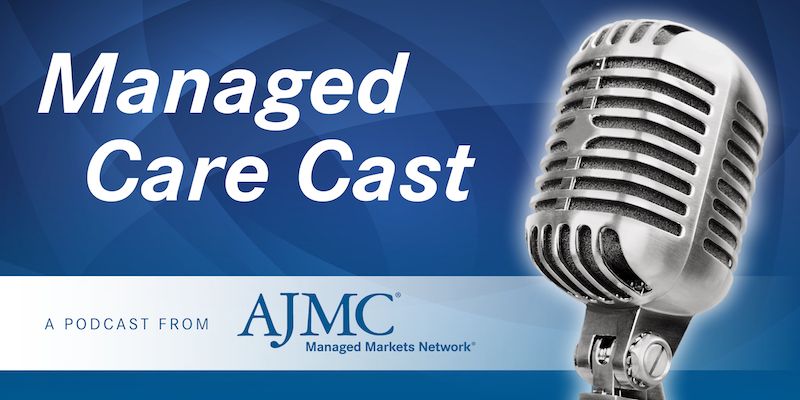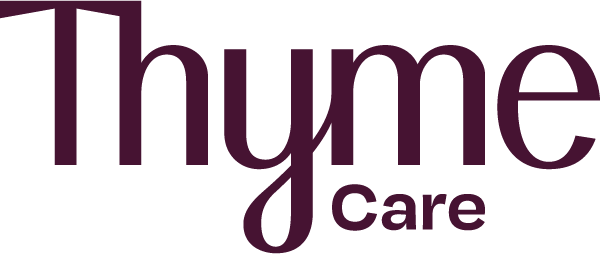Article
Value-Based Programs Bring Positive Financial Results, Yet Providers Tread Cautiously, Survey Finds
Author(s):
A survey of healthcare executives finds that ongoing issues with interoperability are holding back the transition to value-based reimbursement mechanisms. Humana's Chief Medical Officer, Roy A. Beveridge, MD, said the healthcare system must demand the same level of seamlessness seen in the banking industry.
The share of commercial payers using value-based payment structures has doubled since 2015, and nearly three-fourths of providers who use them report they bring good results to the bottom line.
So why aren’t value-based models taking hold as a faster pace? Why do so many healthcare executives still report unease in key areas that would allow a pure risk-based reimbursement process?
These are questions that the Healthcare Financial Management Association (HFMA) survey, “Value-Based Payment Readiness,” sponsored by Humana, tried to answer when it questioned 117 senior financial executives last September. Results were reported last week.
Roy A. Beveridge, MD, chief medical officer for Humana, said that, while resistance to change is one reason the shift to value-based payment is going more slowly than some had expected, the bigger problem has nothing to do with recalcitrant doctors: it has to do with interoperability—or lack of it—both internal and external.
In an interview with The American Journal of Managed Care®, Beveridge discussed a complaint heard often from physicians: despite millions spent on electronic health records (EHR) systems, they can’t talk to each other very well, to the frustration of providers large and small. This failure, Beveridge said, has been tolerated even though it is holding back the promise of value-based payment, precision medicine, and the future of healthcare itself.
“People want to hold on to their data,” Beveridge said, due to the belief that data sets have value. But, he said, “It turns out that the data from 1 hospital group or 1 physician is inherently less valuable than we thought.”
The value comes when that data are analyzed, and thus it makes sense to share them.
Beveridge said healthcare should look to the banking industry, where consumers are accustomed to traveling around the world and being able to access their accounts, draw cash from an automated teller machine, or use a credit card. The lack of similar data sharing in healthcare prevents seamlessness, leading to duplicated services and errors, he said.
The current reimbursement system leaves providers with “a foot in each canoe,” since physicians and hospitals must still do some billing under fee-for-service as they transition to value-based transactions, Beveridge said. “That is a very unstable, uncomfortable position to be in,” he said.
The HFMA survey uncovered some positive signs, among them:
- From 2015 to 2017, commercial payers using value-based mechanisms doubled from 12% to 24% (although this pace was slower than the projection of 50% by 2018 seen in 2015).
- Penetration of value-based mechanisms is highest where commercial payers have the greatest control: 24% in traditional commercial plans that cover people under age 65 and 26% in Medicare and Medicaid Advantage plans.
On the flip side, many providers are not yet willing to fully commit to value-based mechanisms:
- 51% of the respondents said they use mechanisms with upside risk only; only 17% use mechanisms that are purely value-based.
- Regulatory uncertainty, such as the Medicare Access and CHIP Reauthorization Act, or MACRA, has caused a substantial, negative influence on forecasting abilities of 23% of the respondents and a slight negative influence of 51% of the respondents.
When Beveridge speaks with providers, he hears that there are still challenges aligning incentives in ways that match payments with the right physicians. But on the positive side, on a recent visit to a rural hospital, there was a recognition that the days of isolation are over.
The switch is going to happen, he said, “once there are sufficient dollars, and sufficient incentives that provider groups can invest in support services that they need in order to ensure that the income stream is going to be there.”
Asked if value-based payment systems would reach a “tipping point,” at which adoption would have a cascade effect and occur very quickly, Beveridge said he thought this is exactly what would happen. Electronic health records worked much the same way, he said. Today, the number of practices that don’t use them is “vanishingly small.”
“CMS, in terms of payment structure, has built-in penalties if you are not participating in the value payment system. They are doing it gradually, and that’s correct,” Beveridge said. With a shortage of physicians, the government can’t be driving people out of practice, but must instead bring them along slowly.
The focus, with Humana and elsewhere, is on primary care—the “quarterback” that connects patients to the rest of the healthcare system. “Our focus is on helping primary care, on internal medicine, on family practice—to deal with chronic disease, which is driving 80% of the healthcare budget,” he said.





